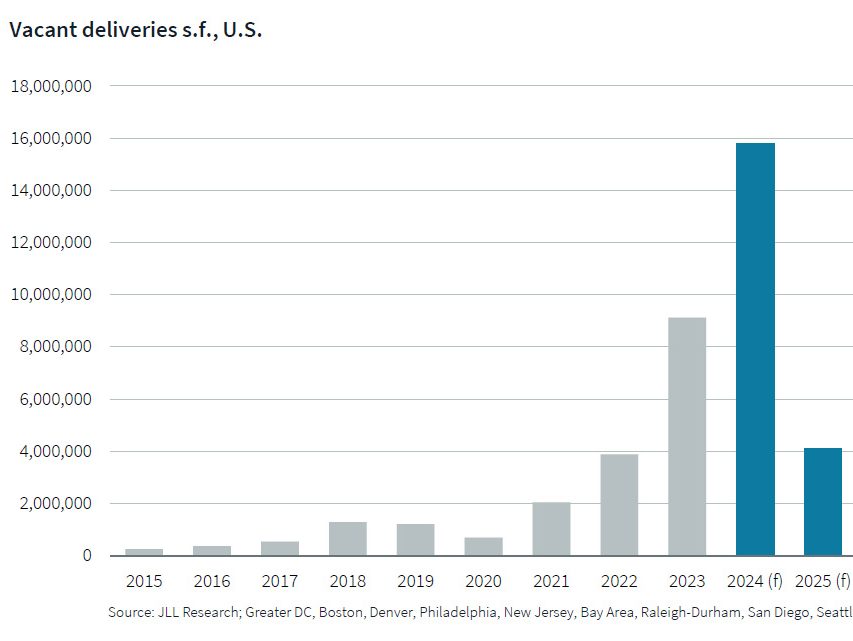Manhattan Office Market Slower, but Still Sturdy, Cushman Reports
Although Manhattan’s office market may have slowed from a gallop to a trot in recent months, the 391 million-square-foot market continues to display solid fundamentals, according to Cushman & Wakefield Inc.’s year end wrap-up. The first two months of the year should see plenty of leasing and investment sales activity in Manhattan, said Joseph Harbert…
Although Manhattan’s office market may have slowed from a gallop to a trot in recent months, the 391 million-square-foot market continues to display solid fundamentals, according to Cushman & Wakefield Inc.’s year end wrap-up. The first two months of the year should see plenty of leasing and investment sales activity in Manhattan, said Joseph Harbert (pictured), Cushman & Wakefield’s COO for the New York City metropolitan region: “Our uncertainty is about the second quarter,” he noted. Upheaval in the national capital markets and other indicators have raised fears of economic slowdown, yet actions by the Federal Reserve Board and continued economic movement may still allow the economy to escape recession, said Ken McCarthy, managing director of research for the New York City metropolitan region. “If we don’t get a national recession, it’s unlikely that we’re going to lose 100,000 (to) 150,000 jobs (in Manhattan),” McCarthy said during a presentation in Midtown Manhattan this morning. The health of the troubled financial services industry looms weighs heavily in Manhattan’s office market, since financial services firms occupy about one-third of the city’s office space and have a strong ripple effect on other local industries. In that respect, McCarthy is waiting for the other shoe to drop: “We’ve seen a lot of writeoffs, yet we haven’t seen a lot of layoffs,” he said. Even if financial services firms cut 50,000 jobs in Manhattan, McCarthy calculates that the borough’s office vacancy rate would only rise to 7.4 percent. The loss of 100,000 jobs would bump vacancy to only 9 percent. Manhattan’s overall vacancy rate dropped to 5.7 percent at the end of the year, compared to 6.7 percent at the end of 2006, reported Harbert. That decrease came in spite of a 12.8 percent drop in leasing activity compared to 2006. Specifically, leasing in Midtown Manhattan dropped 13.4 percent, and Downtown leasing activity slid by 17 percent year-over-year. Fourth quarter office leasing activity tallied about 5 million square feet, the lowest of 2007. Manhattan rents experienced a remarkable run-up in 2007–28.7 percent, for an average asking rent of $65.08 per square foot. Top-tier Midtown office space hit new peaks as well; 51 leases were priced at between $100 and $125 per square foot, and another 42 reached $125 per square foot or above. Still, much of Manhattan’s rent growth occurred in the first two or three quarters. As Harbert noted, “The pace of rent appreciation has slowed down dramatically.” Worries about the capital markets may be overshadowing Manhattan’s continuing attraction for investors. Last year’s total volume topped $47.8 billion, shattering the record set in 2006 by 40 percent. The credit squeeze has already changed the mix of investors significantly. Referring to the $2.6 billion in Manhattan office deals now under contract, Harbert reported that private equity investors accounted for only 23 percent of those deals, even though they closed fully 65 percent of sales for all of 2007. Meanwhile, foreign investors have stepped up, accounting for 34 percent of sales under contract today, while institutional investors and pension funds are doing 24 percent of those deals.






